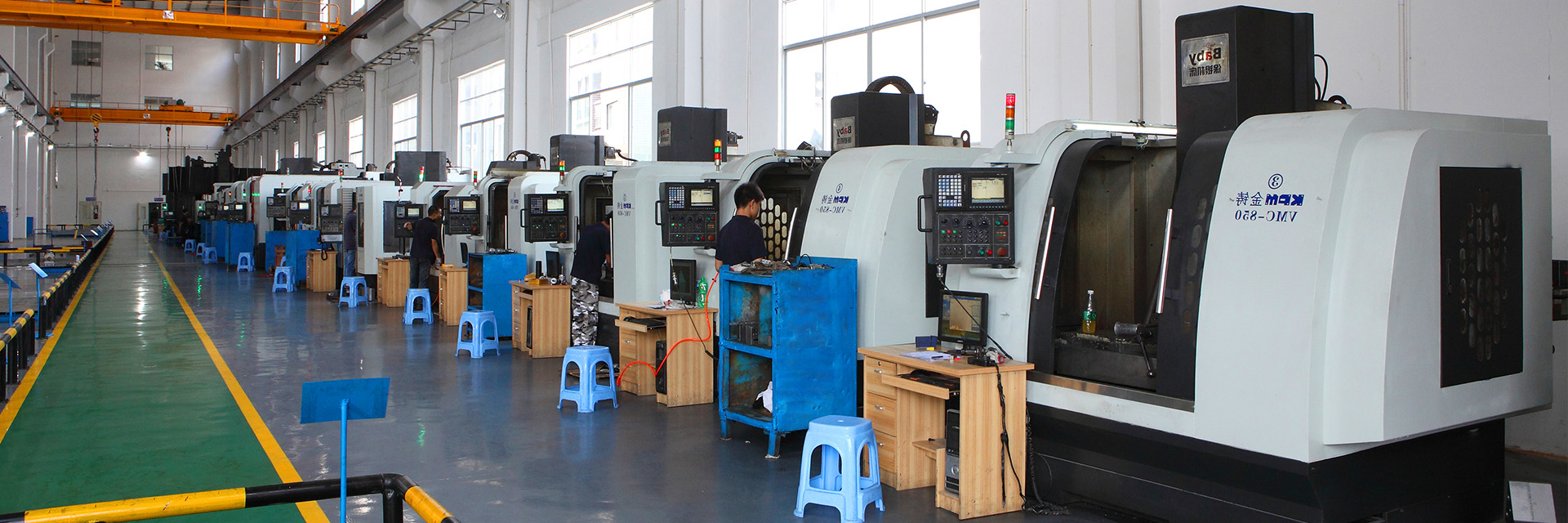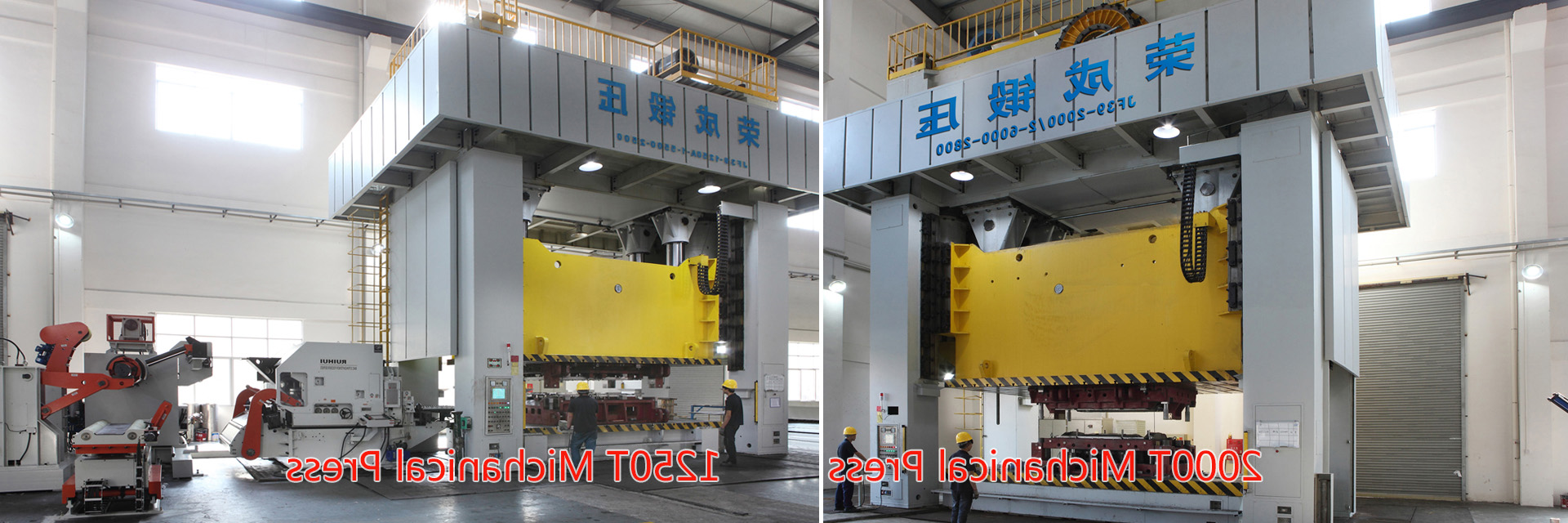Factors that affect the oxidation of aluminum alloy coloring
Release time:2017-07-26 09:06:58 Views:
Factors that affect the oxidation of aluminum alloy coloringAluminum anodization is the use of aluminum as the anode, placed in sulfuric acid and other electrolytes, the application of anodic voltage for electrolysis, the surface of the aluminum to form a dense Al2O3 film, the film is composed of a dense barrier and columnar porous structure Layer composed of two-tier structure. Anodized films can be divided into two broad categories: Porous - films that are formed in acid-electrolyzed baths such as sulfuric acid, oxalic acid and form very fine pores perpendicular to the surface; Barrier - are made in neutral salt baths such as ammonium borate The resulting nonporous thin film, this film is usually used for electrolytic capacitors and so on.At present, the application of a single anodized aluminum building profile has been significantly reduced in practice, while the electrolytic pigmented oxide film, the organic pigmented oxide film, the porcelain oxide film, the hard oxide film, the imitation stainless steel oxide film and the like Widely used, in general, the factors that affect the oxidation of aluminum alloy coloring are as follows:Electrolytic solution in the impact of impuritiesThe quality of aluminum alloy coloring depends largely on the formation of oxide film quality. Therefore, in sulfuric acid anodic oxidation solution, the impact of impurities on the oxide film can not be ignored, the impurities are mainly copper, iron, aluminum and other metal ions and organic impurities contaminants, to be promptly removed, to maintain the normal range of use of the solution.(1) Copper ions will be deposited on the surface of aluminum parts by displacement, resulting in loose pores of the oxide film and reducing the transparency, corrosion resistance and electrical insulation properties. Therefore, the copper ion content should not exceed 0.02 g / L.(2) Chloride ions come from cooling water after tap water or cooling pipe rupture. The content of chloride ion should be less than 0.2g / L, otherwise the oxide film generated is coarse and loose, and the aluminum surface is seriously damaged (breakdown).(3) The aluminum ion in aluminum ion electrolyte is gradually increasing. When the content is more than 25 g / L, the conductivity of the electrolyte decreases, the surface of the workpiece presents white spots or lumps, and the adsorption capacity of the coating decreases. difficult.(4) iron ions in the electrolyte does not allow more than 0.2g / L, or dark spots to appear spots.(5) Organic impurities will hinder the formation of oxide film, the film adsorption of oil, so that uneven coloring, appear speckles.2. Affect the quality of the oxide film coloring factors(1) If the pre-treatment degreasing process is not complete, will cause the film obvious white piebald, to the coloring difficulties.(2) When the concentration of Sn salt is too low in the electrolytic solution, the coloring speed is slow. When the concentration is higher than 25 g / L, the coloring speed is fast, but not easy to grasp, the color difference is often large. .(3) The coloring temperature has a great influence on the coloring. When the temperature is lower than 15 ℃, the coloring speed is too slow. When the coloring temperature is too high, the coloring film is fogged, and the Sn salt is easy to hydrolyze the antigens, resulting in the cloudiness of the bath.(4) Time: the coloring time will also affect the coloring quality and color resistance, such as coloring a short time, the color is easy to fade, a long time, dark color, the surface is prone to flower.(5) When the coloring voltage is low, the coloring speed is slow, the color change is slow, and the color unevenness tends to occur. When the voltage is high, the coloring speed is fast, and the coloring film is easily peeled off.

 National Service Hotline
0769-87362993
National Service Hotline
0769-87362993

 National Service Hotline
0769-87362993
National Service Hotline
0769-87362993





